Astronomical event, these 16, you will never be visible
Author:Astronomy online Time:2022.06.14
As long as we look up at the night sky, we will be completely caught in it. Those distant stars, constantly rotating planets, as well as the sun and the moon, are of great significance in mythology, religious beliefs, and modern sciences. Although we really want to see all incredible things in the universe in our lives, this is nonsense.
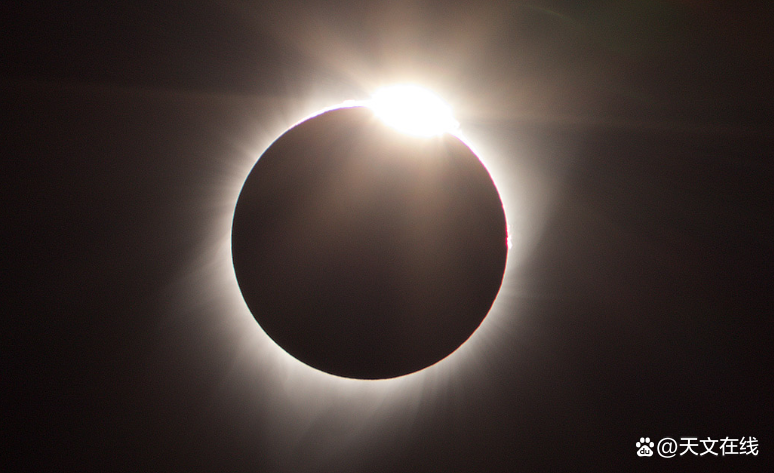
As we all know, the universe is boundless, which makes it difficult for us to predict what will happen in the future universe. However, we have done such a hundred years. For example, it is generally believed that the first computer Akikira Machinery is used to draw planet sports trajectory maps and predict solar eclipse. One said, just get data directly from the sky and put it into any algorithm. There will be a lot of errors. There are too many things about space that humans cannot be known through predictions. But at the same time, there are many things we know now are on the board. Unless a major anti -aging scientific research breakthrough has recently occurred, contemporary humans cannot be witnessed that any of the predictions are confirmed as facts.
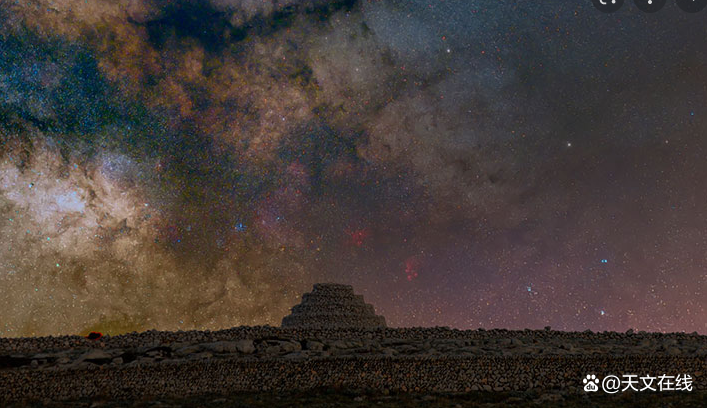
Harley comets, which are about 75 years of revolving cycle, will return again in the 22nd century. Although there are still people who have witnessed its return in 1986, people will see it again in 2061. Until 2134, the new generation of people will see this well -known space wonders of the world, and they are among them. The vast majority of people never experienced the joy of seeing Harley's return of Harley before that. Similarly, it is also worth celebrating in 2177. In this year, Pluto completed the first revolution since being discovered by humans, that is, the year of Pluto, and it was also 248 Earth Year. Perhaps people in the 22nd century will hold a "Pluto Party" to commemorate this day.
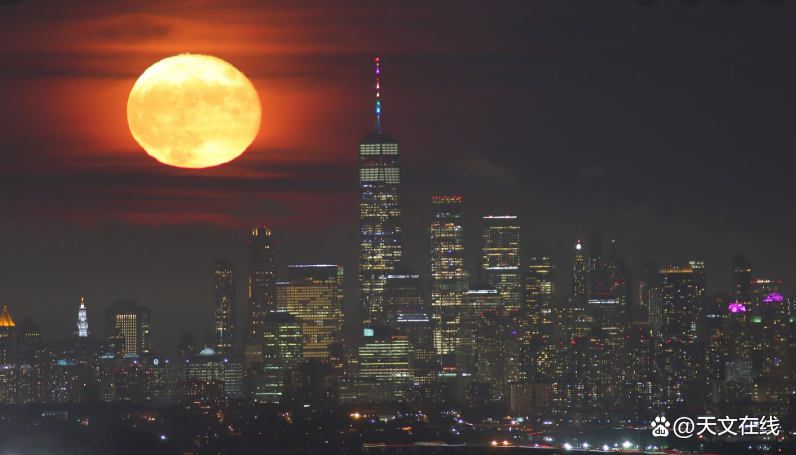
But the bad news is that in the next few centuries, there will be tens of thousands of near -land asteroids to accelerate the solar system, and some of the asteroids are expected to be only separated from our planet. For example, astronomers have predicted that an asteroid 1950DA, which has been painted on the planet for several years, will pass by the earth in 2880.
In fact, the possibility of colliding with the earth is still considered to be less than one percent, but over time, this situation may change, and in the years of this period, the crisis may continue to rise Essence When we enter the next millennium, people may also witness other exciting phenomena in the future.
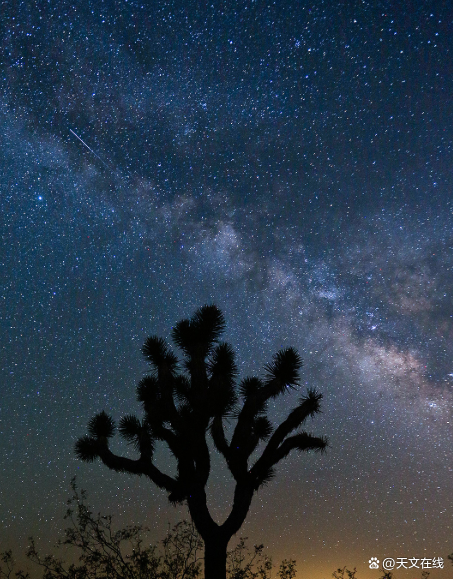
In the solar system, Mercury will probably appear thirteen every century every century, which is more common. But in the next thousands of years, there will be several situations where Mercury Ling Sun and the Skin Eclipse will occur at the same time -this is a more rare phenomenon, predicting that the next time will appear in 6757. However, before that, we have bid farewell to one of the most decisive and important features in the night sky: Arctic Star. As the brightest star in the bear constellation, it is also a constant standard for indicating the north. It is very important for navigation.
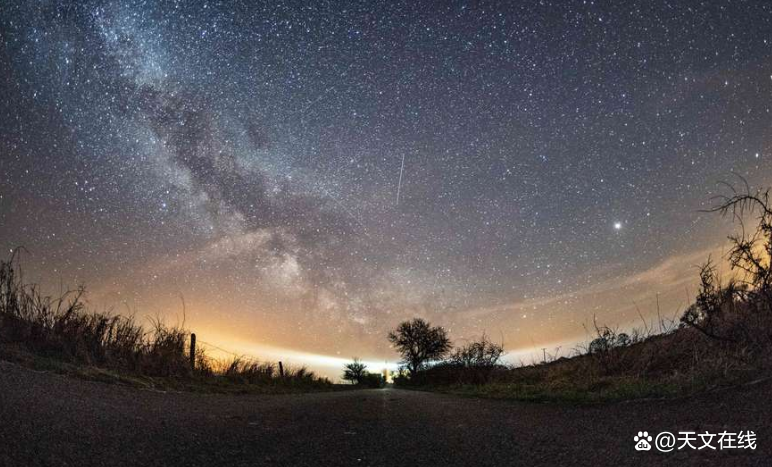
And on March 24, 2100, it will appear in history and the closest to the north in the future. But in 3000 years, Gou Chen's "Arctic Star" crown will be stolen by the Shaowei Zengba -because from our perspective, the night sky has moved. After that, we will have a series of other Arctic stars, because future astronomers will find other celestial bodies as guidelines, including the current unknown Tianjin Si, Weaver actress and Ziwei Youyuan 1.
However, Gou Chenyi will eventually be triumphant in 27800. Therefore, after more than 27,000 years, we will see the same sky as us as us as us from far, distant, and distant futures. Although some incidents will not be immediately found by the observed observation, most of the incidents prepared for us will definitely be seen, including a spectacular scene expected to occur in the next 100,000 years: the most in the Milky Way system is the best in the Milky Way system One of the shiny stars -the demise of the big dog VY.

When it becomes a supernova, the astronomers on the planet are almost sure that when this one -time star becomes a new black hole, people will see the bright pulse it produces (although this black hole is very away from us very much from us Far, it will not have a physical impact on us). At a certain time from the next 100,000 to 500,000 years, the ten -star star in the night sky, the star, will also end with an explosion. And this time, the impact of explosion may affect the earth to a certain extent. Because I only have 700 light years away from us, it is much closer than the big dog. Therefore, it will become a "near -place supernova" after death, that is, supernova outside 30 to 1,000 light years.
At that time, everyone on the earth would observe that Betelgeuse became more shining, but what people did not expect was that this incident would cause lasting damage; we may need to prepare for small -scale radiation preparing for radiation of small -scale radiation. , But that's it. Even so, if you participate in the four explosions, it will be rare in the world. It is estimated that in the past 11 million years, there are only 20 supernovas in the past -this is not an usual star that can be seen every day! However, maybe you didn't want to watch Supernova.
Maybe you look at other alive stars up close, and it has a relationship with you in astronomy. If this is the case, in about 1.29 million years, any observer in the solar system can see the flying of Gilez 710 (Gilese 710). Gleze 710 is an orange dwarf, which is expected to drift within the distance of the sun. It is closer to the sun than the current star than the proxima Centauri. The distance is one -quarter, which is close enough to completely disturb the Oort Coul. Orte Cloud is a cloud group composed of rocks and ice groups wrapped in the solar system. And something that disasters Orte Cloud may mean that we need to worry about a large increase in the asteroids in the ground. Comet Capallina (first discovered in 1999), one of the longest comets that has so far, will be performed in the second time of human history in the next 6 million years. Perhaps it was the first fly in the history of later human species. In the future, PHOBOS, one of Mars' two satellites, will eventually be destroyed by the gravity of its main stars.
At present, Huo Wei is falling apart, but as far as the great plan of the universe is concerned, these things still need time to brew ... For Mars who have appeared in the next 30 million to 50 million years, it was probably the fire at that time. In the end, Wei will face its doom, and the destruction of this satellite is definitely a big event. However, if you want to see more spectacular performances than nearby supernovas, the demise of nearby satellites, or a new star, we will have to wait 2.4 billion years to wait for the Galaxy to swallow a neighboring galaxy. One of our satellite galaxies is the Large Magellanic Cloud, which we can see it from parts of the southern hemisphere. However, after billions of years, the Milky Way will devour it. Although it is the fourth largest galaxy in the local galaxy group, although its name has the word "big", in fact, the Osamelon galaxy is not so big.
At the same time, more major incidents will occur after 4.5 billion years before. After the merger of the fairy galaxy and the galaxy hundreds of millions of years, they will collide. The impact itself will be completed between billions of years. For a long time, the combined parties can be seen in the sky, and they will gradually form a new ellipse galaxy, named "Silver Immortal". The merger of this universe is unlikely to have a destructive effect on the solar system. Unfortunately, the earth may no longer exist at that time, so when the galaxy collides, anyone who is still alive must watch them from other places. After about 20 to 3 billion years (without faster), the slow expansion of the sun will make the earth overheating, and most of life will not be able to maintain it.
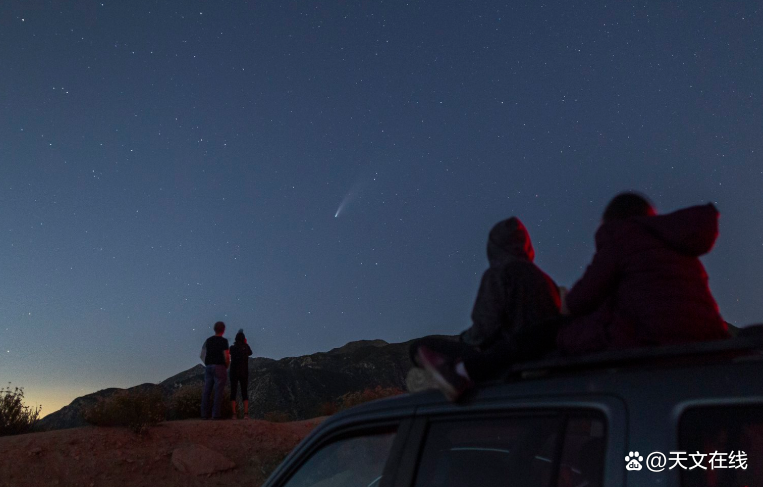
During 400 to 5 billion years, when the fairy's big galaxy lights up our sky, the dying sun will gradually become a red superstar. The expanding sun will devour the earth and other planets closer to the sun within 7.5 billion years. At present, Jupiter's ice satellite will become the last suitable place to survive nearby, even if the hope of life exists is slim. However, the death of the sun does not mean the destruction of the solar system. When the sun stops expanding, it will shrink into an extremely dense white dwarf. After that, the wreckage of the dead star will take hundreds of billions of years to cool until it becomes a black dwarf. This process is so long, so that the existence of black dwarfs has not been found in today's universe -they are just a hypothesis.
However, at the same time, some signs show that life can be formed in the white dwarf system. This means that there may be new planets where we are. The life that survives there may be thought -why did they not witness the death of the elderly sun, the supernova of the Supreme Sepa 4, the death of Qatar Island or the rest of the incident. Needless to say, these future residents will miss many things we have seen. For example, landing on the moon has been regarded as a milestone of civilization for decades, but in the distant future moon, it may not even exist -when the sun becomes a red superstar, it will also be captured and swallowed.
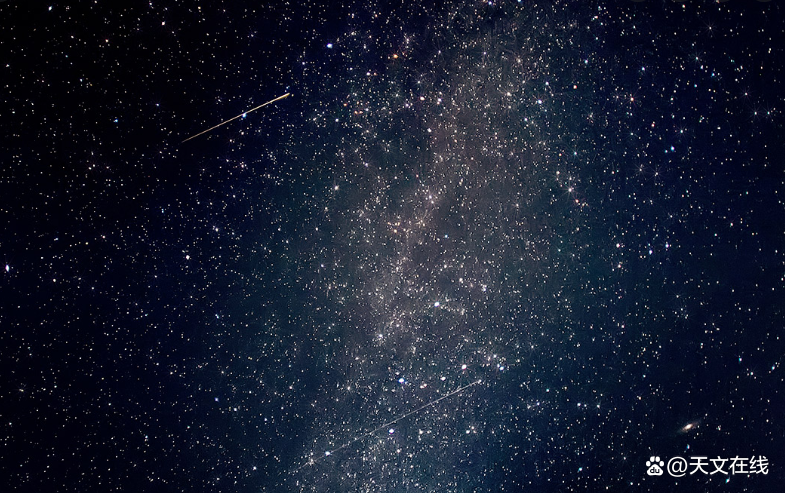
In the near future, more plans will be realized, and we may also see evidence that humans land on Mars for the first time. However, when we arrived at the future solar system centered on the white dwarf, these two events were only a short page in the history of the universe. We can see from it that the corner of our universe is always in an eternal change, and it is not special. Here, like anywhere in the universe, the magnificent and magnificent incidents are constantly happening. Since the Big Bang, they have lasted billions of years and will continue after human and even the earth died. Those are astronomical events that we will never see.
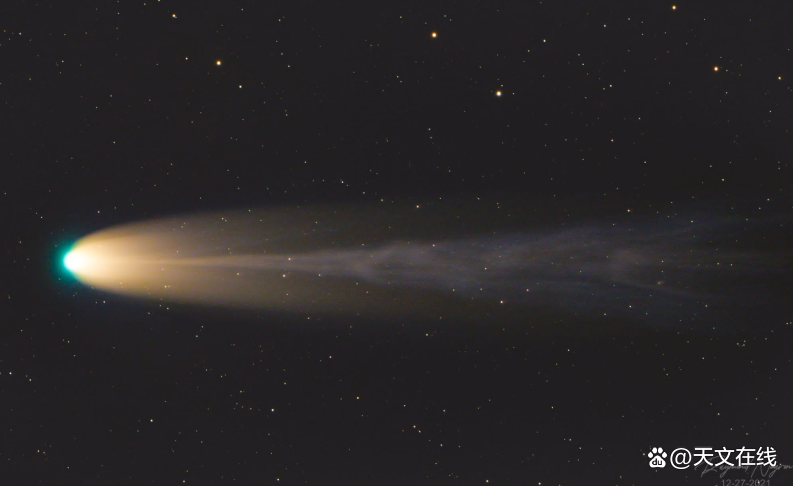
FY: RH06, Periwinkle, don't stay up late, Angela
- END -
The first event of Lingnan Science Forum this year: Focus on network security intelligent mobile devices
In the first forum of the Lingnan Science Forum Series, the Fourth IEEE Communication, Information System and Computer Engineering International Conference was held at 9:30 am on June 25 at 9:30 am
Tangshan Cao Feidian Sea Grass bed ecosystem area is 42.75 square kilometers

Great Wall Network · Jiyun Client News (Reporter Wu Xinguang Correspondent Zhan...